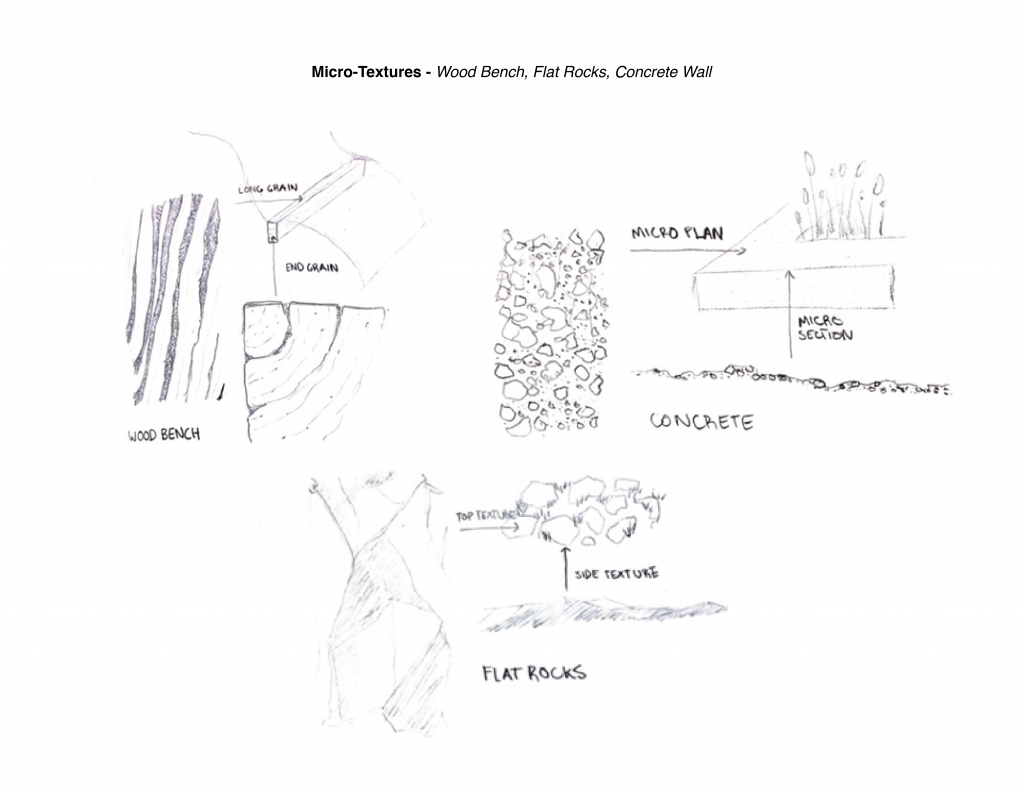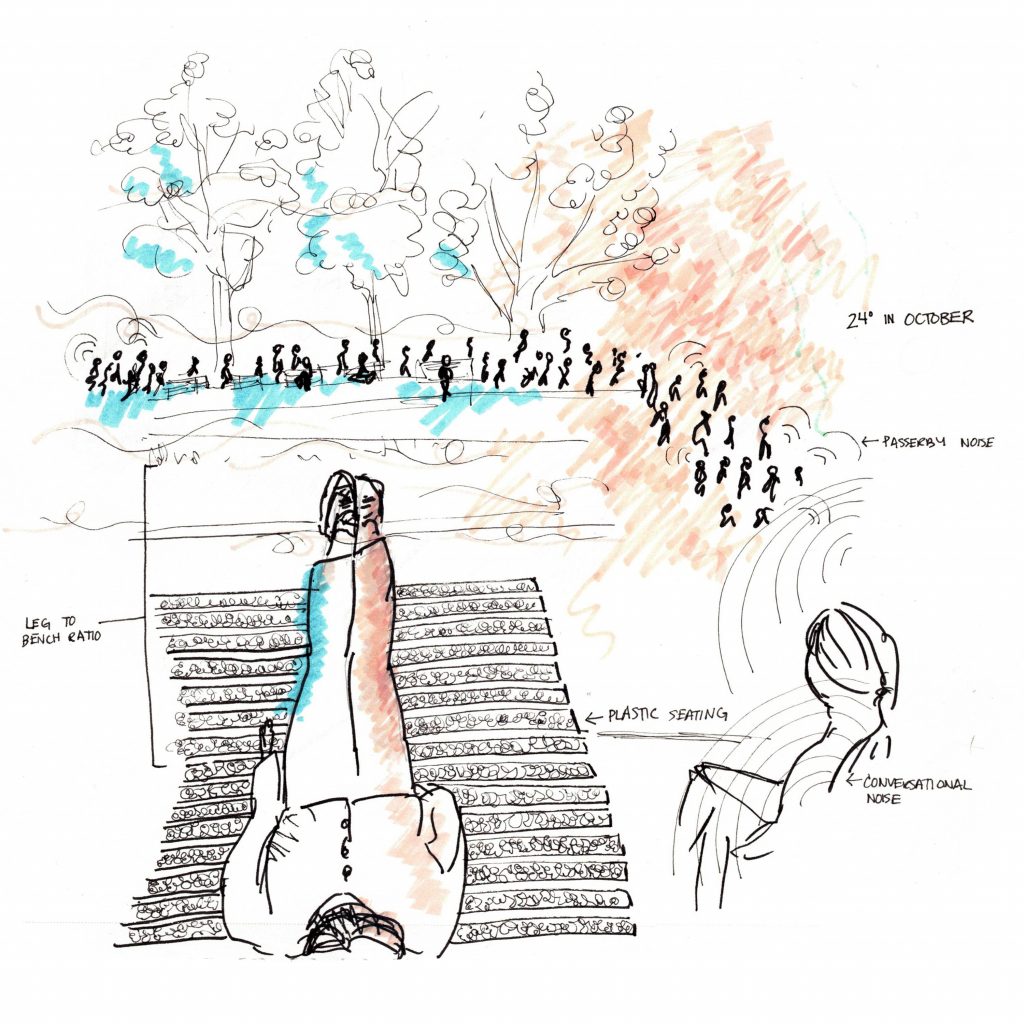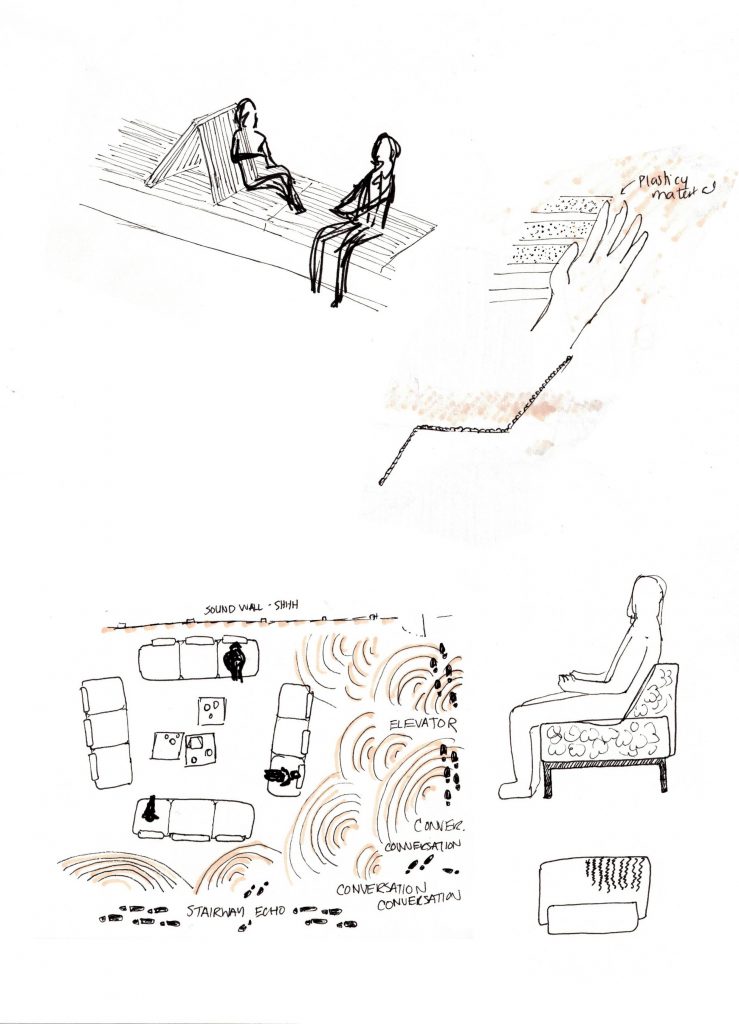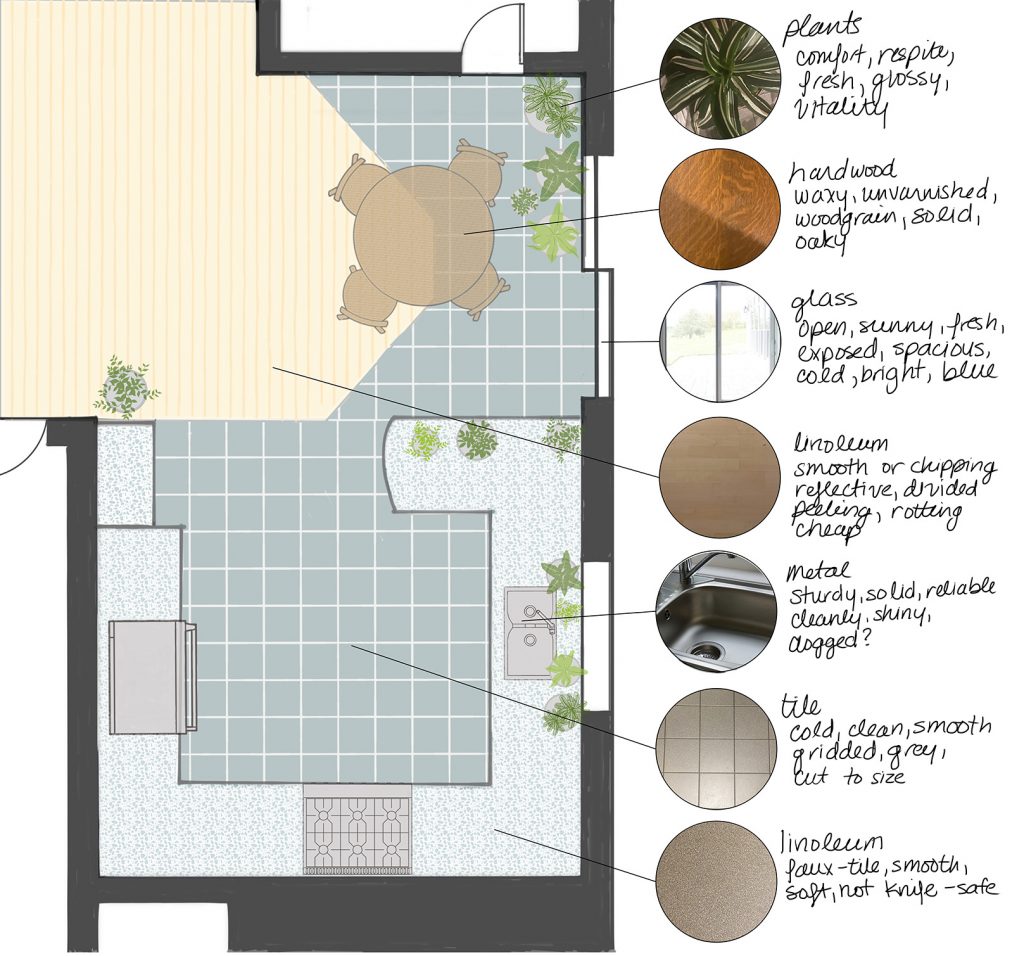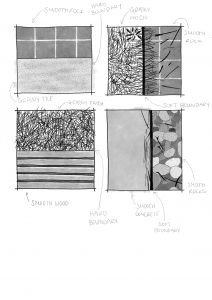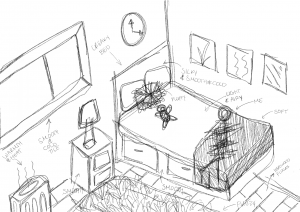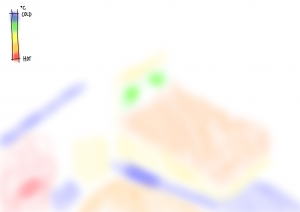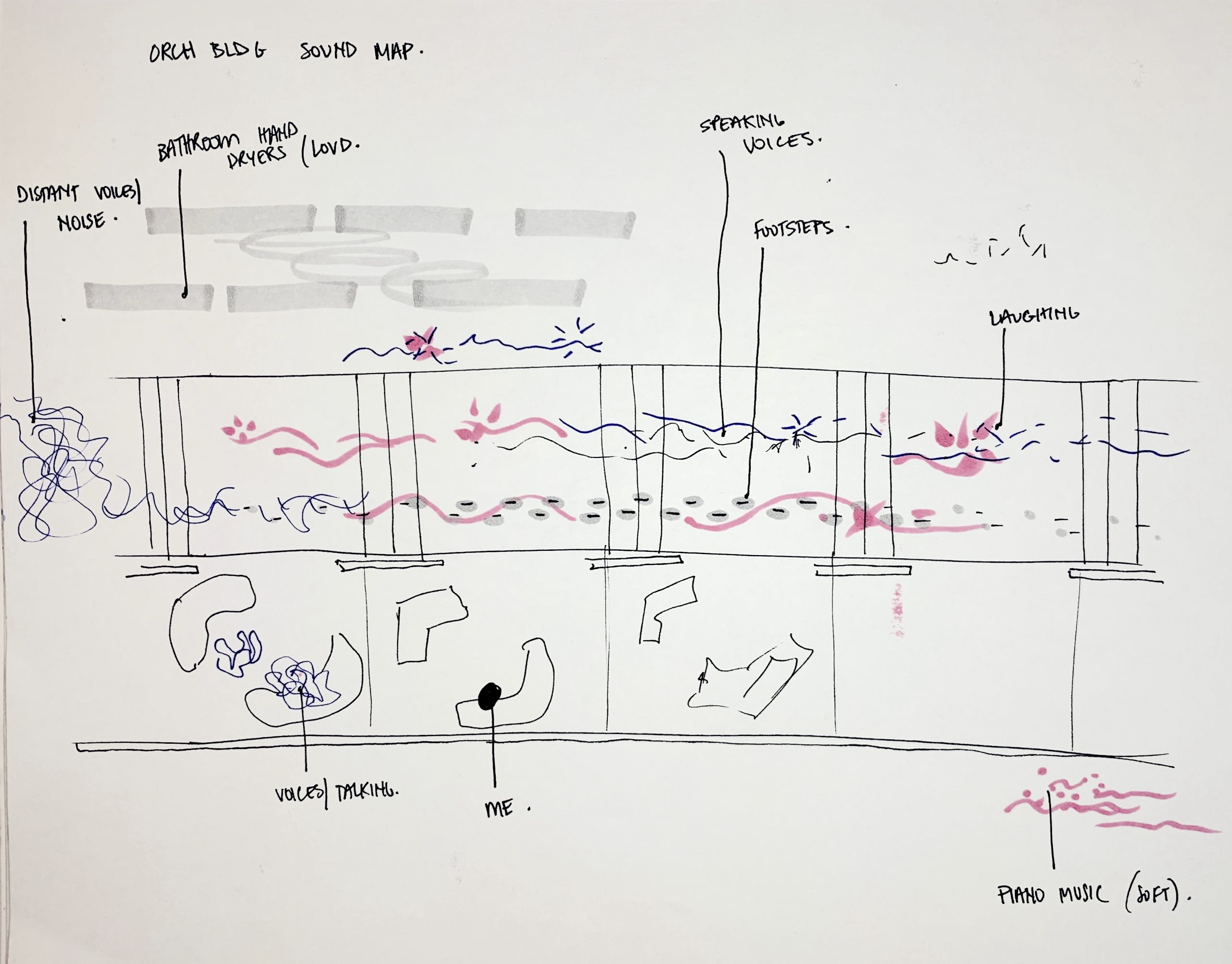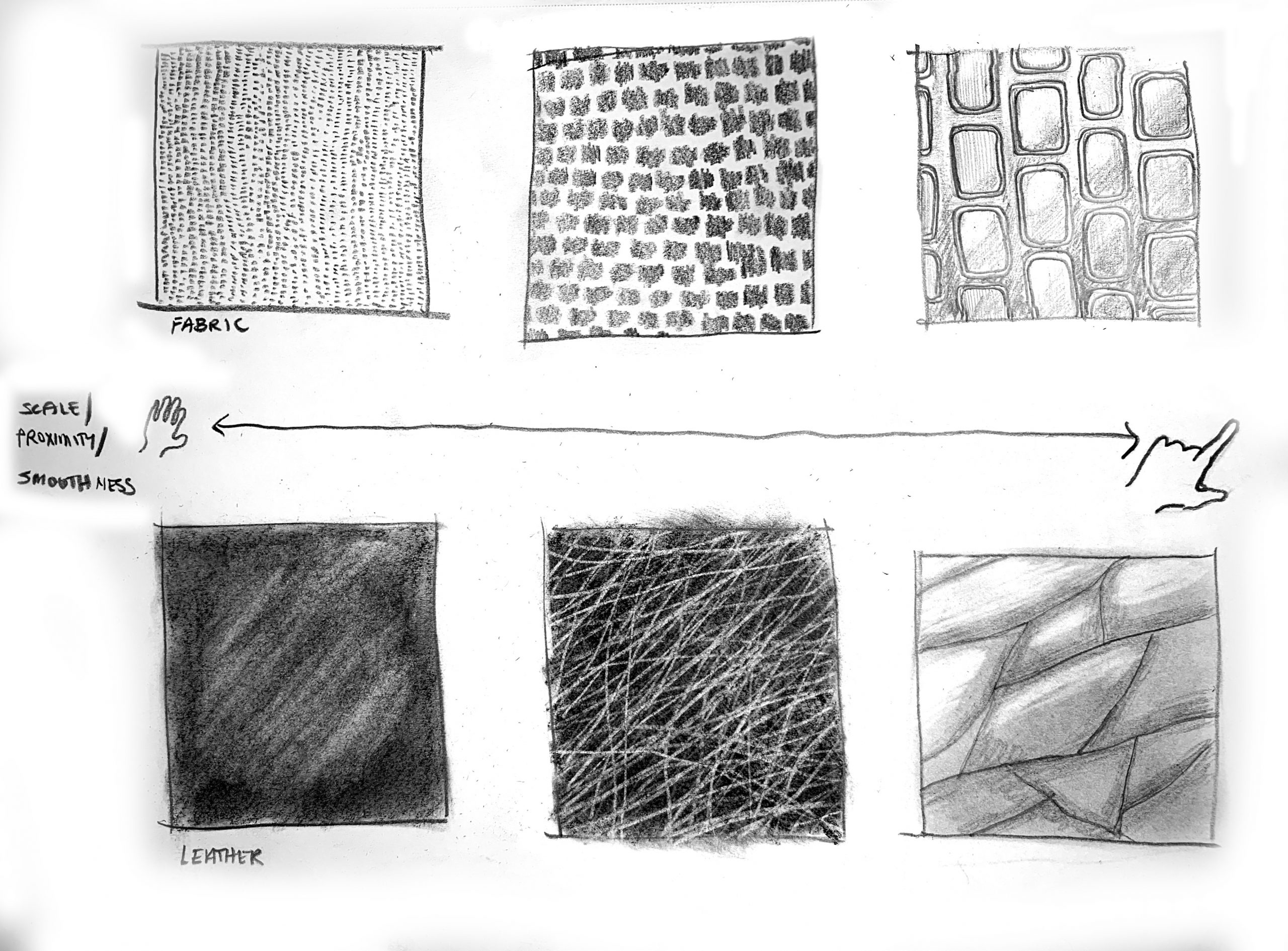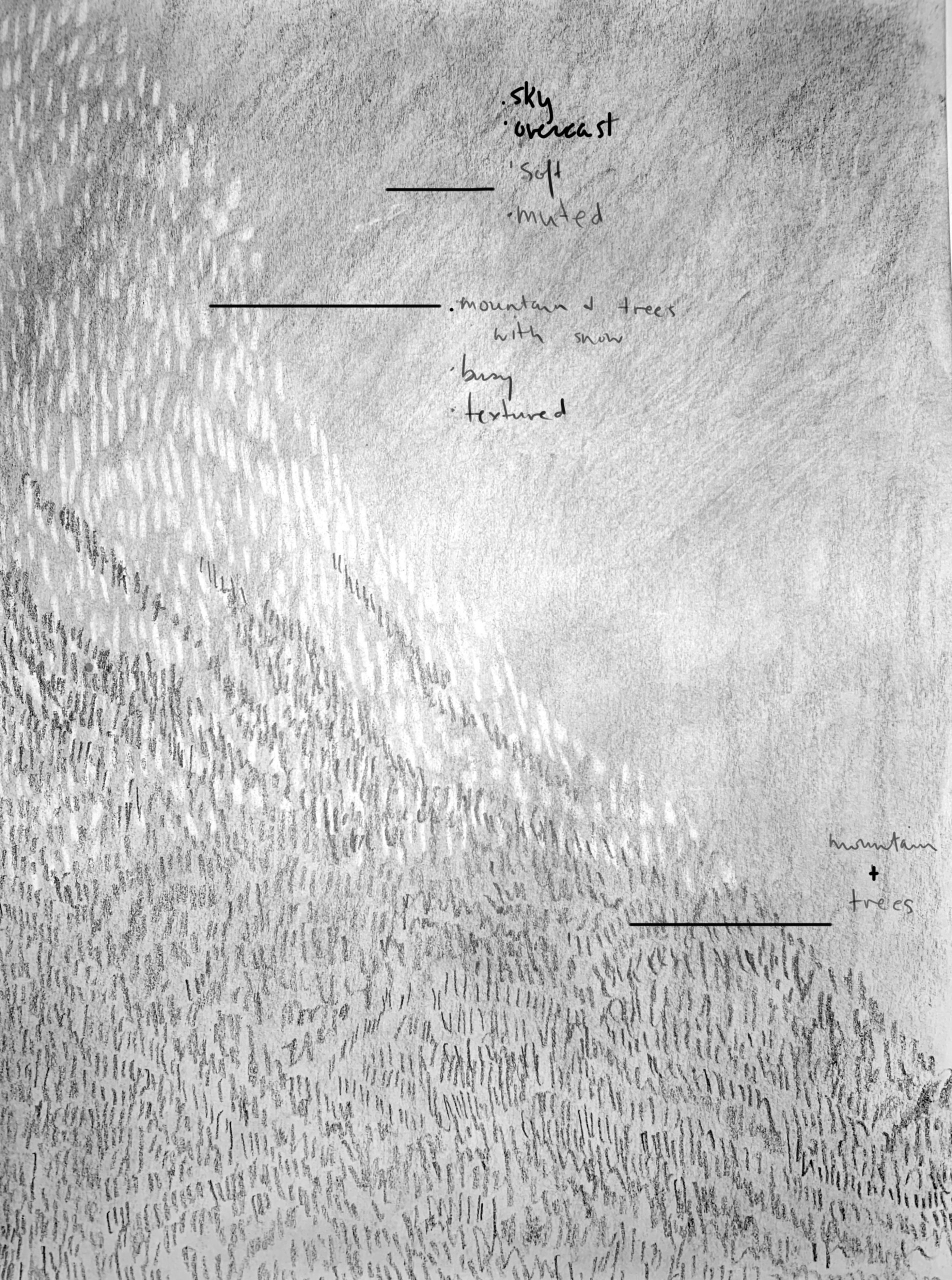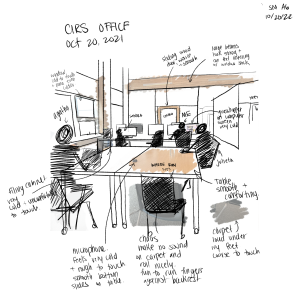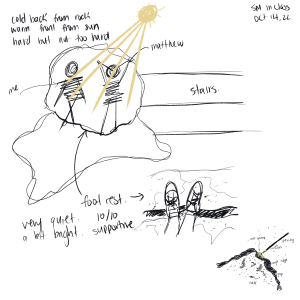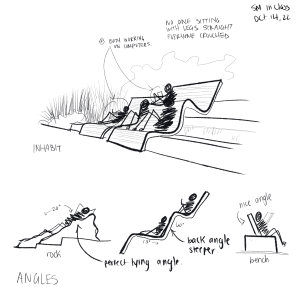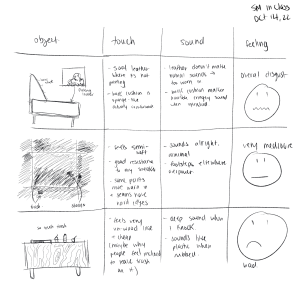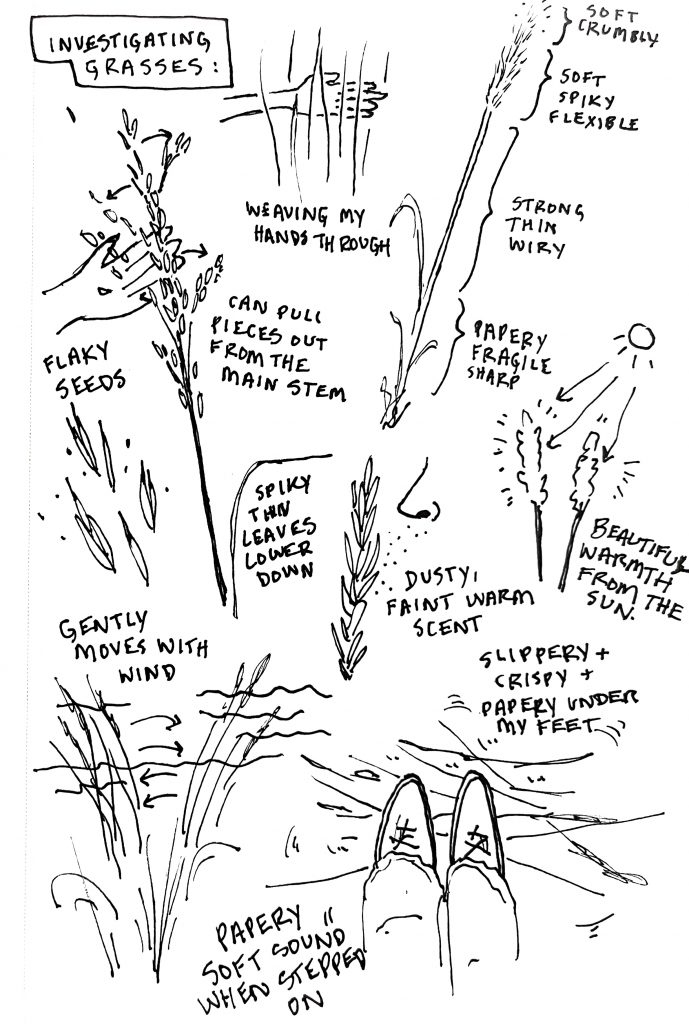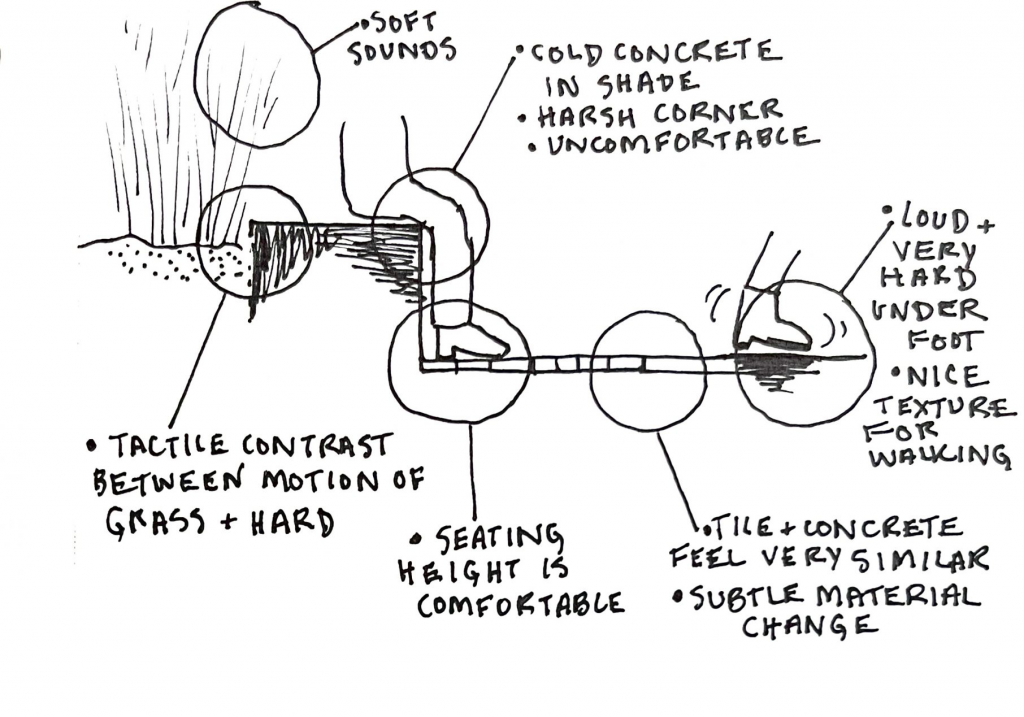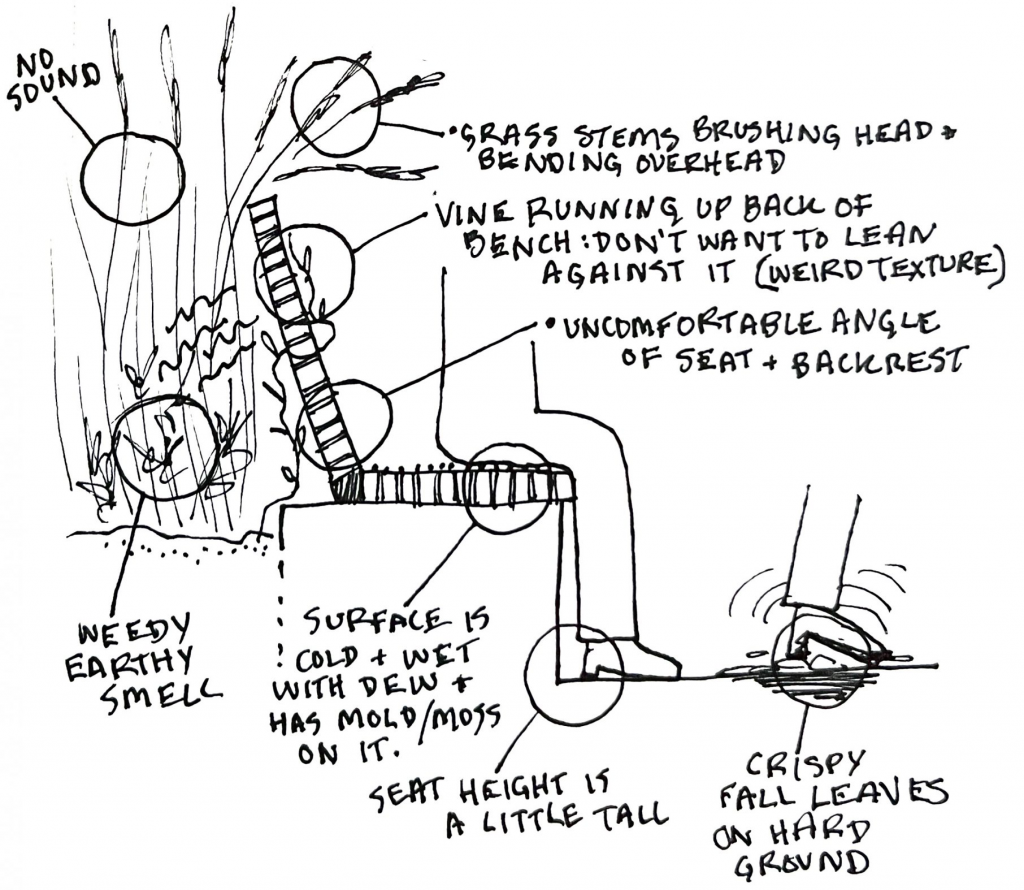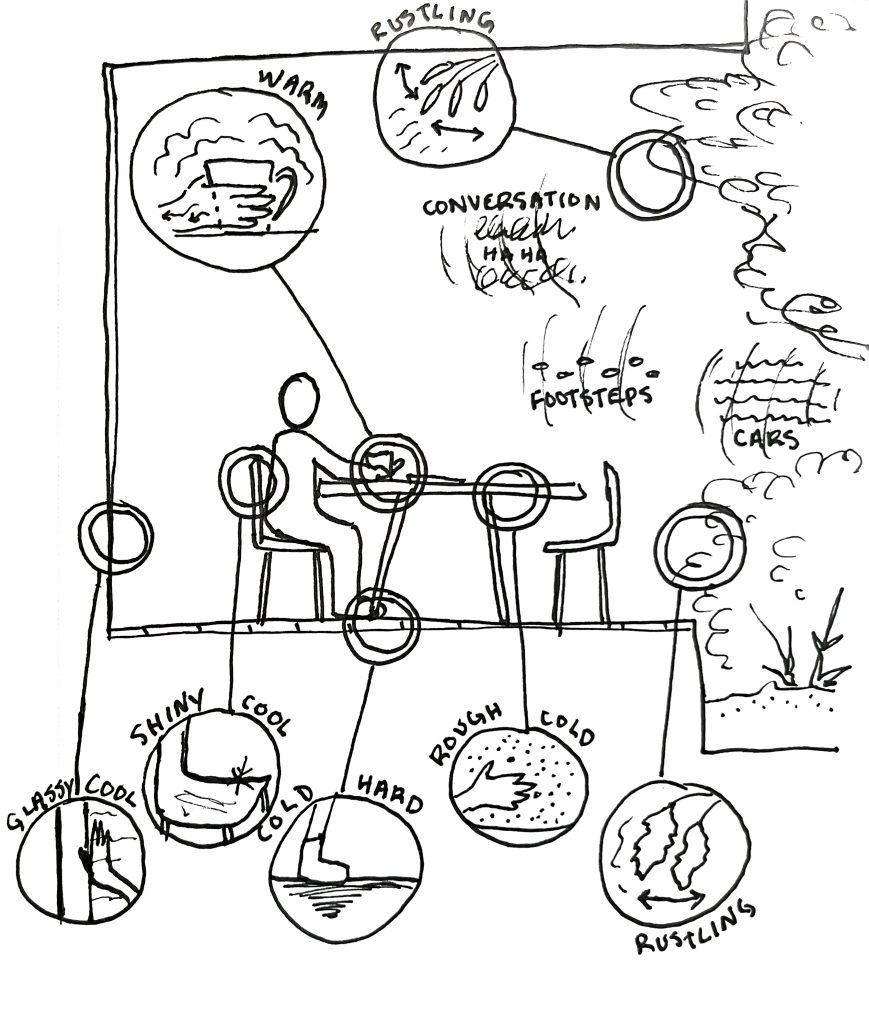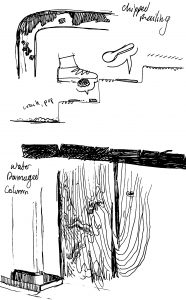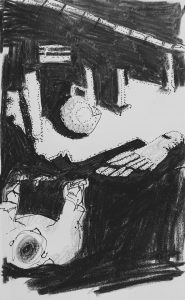In Class
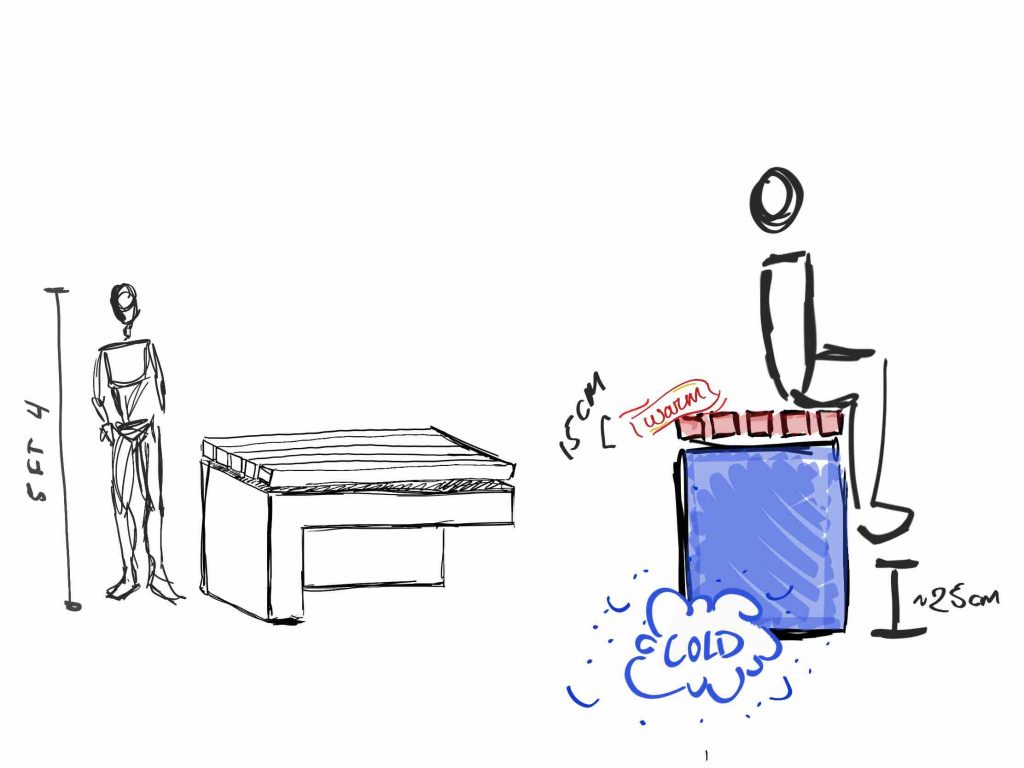
I noticed this bench was quite uncomfortable for me as the seat is quite high off the ground and I’m only 163cm tall. I had to climb onto it.
The seat itself is made of wood, which could maybe be removed to make the bench a more comfortable height, though this isn’t ideal as the concrete beneath is cold, and still just a little too high up.
In thinking about why this might be the case, there’s two things that I would like to point out.
The pegs at each end of this bench are anti-skate infrastructure, and so are the bars on these other benches. This is a form of hostile architecture, which aims to prevent people from skateboarding in public areas by putting in these “skate stoppers” that stop skaters from being able to slide on certain surfaces.
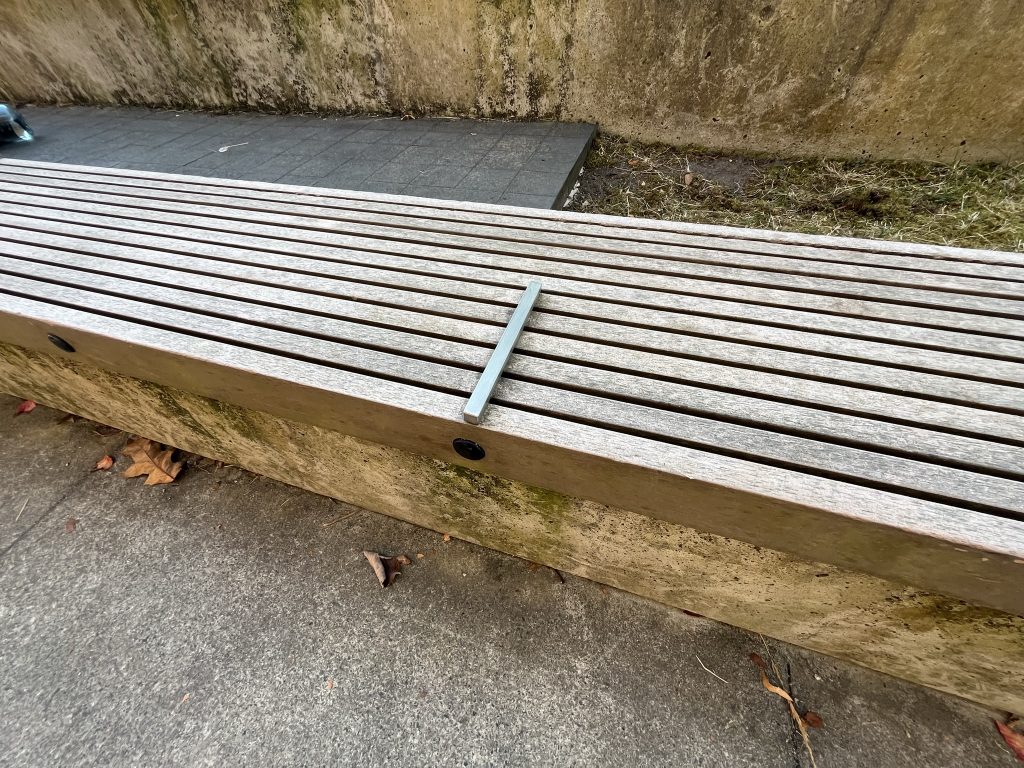
The extra height on that first bench is probably for the same reason. Because of it’s location, it would be a very good ledge to use in a line with the staircase. However, because of the extra height, most people probably wouldn’t be able to get enough speed to jump that high within the small run up between the end of the stairs and the bench. If the bench was at a comfortable sitting height it would work a lot better.
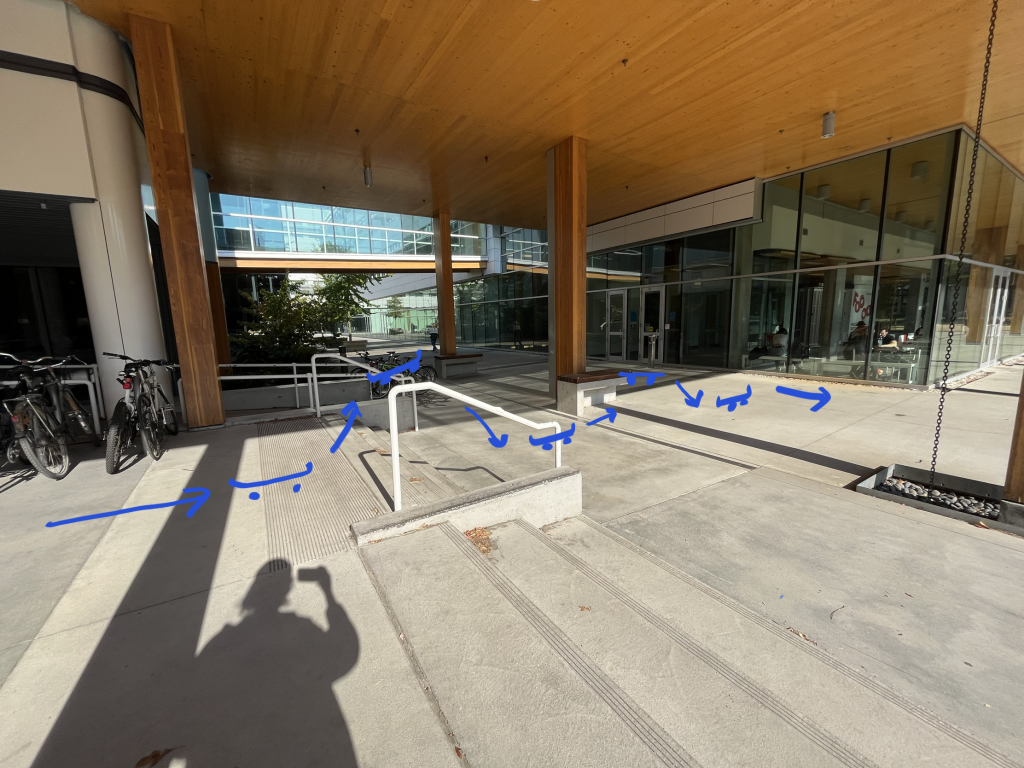
From the texture of this ledge, (waxy and damaged on one side) I can tell that people have been skating here anyway. I’m surprised they didn’t make the effort to put skate stoppers here, it’s a pretty obvious potential skate spot to me.
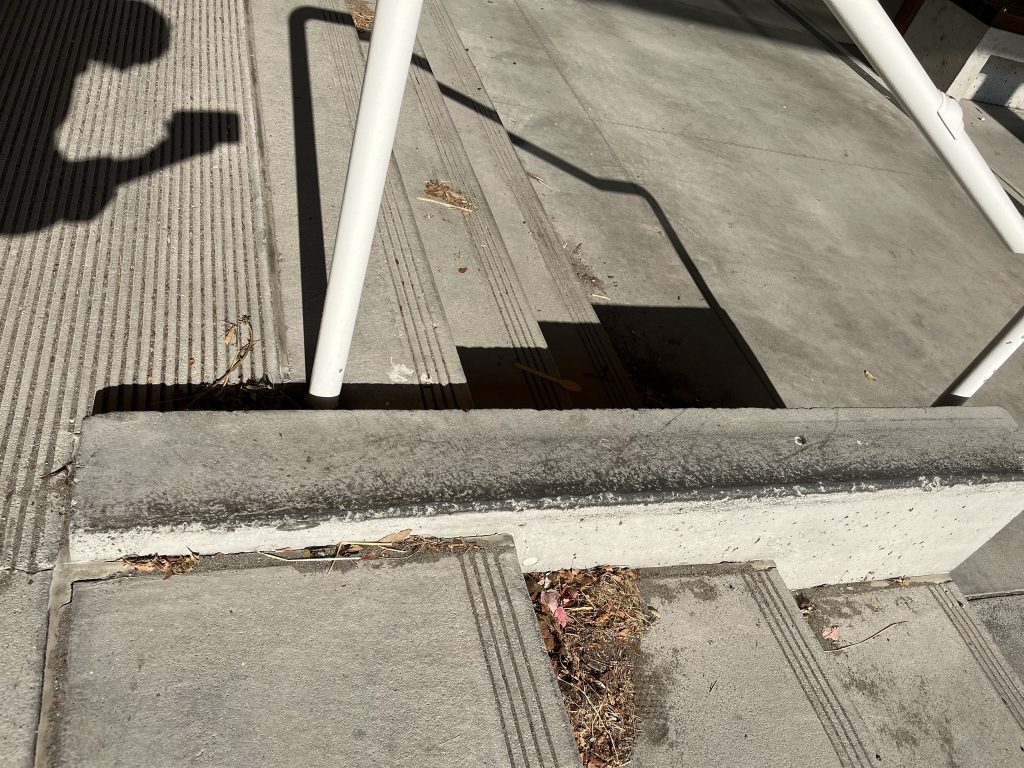
Second, this globe is a very neat tactile learning tool, but i think it could be improved. When the sun is out, the outer layers are warmer than the inner layers. In reality the core is the warmest part of the earth. I was thinking it would be more effective if each layer was a different metal with differing heat capacities, with the innermost layer being the most heat conductive, and the outermost layer being the least conductive.

